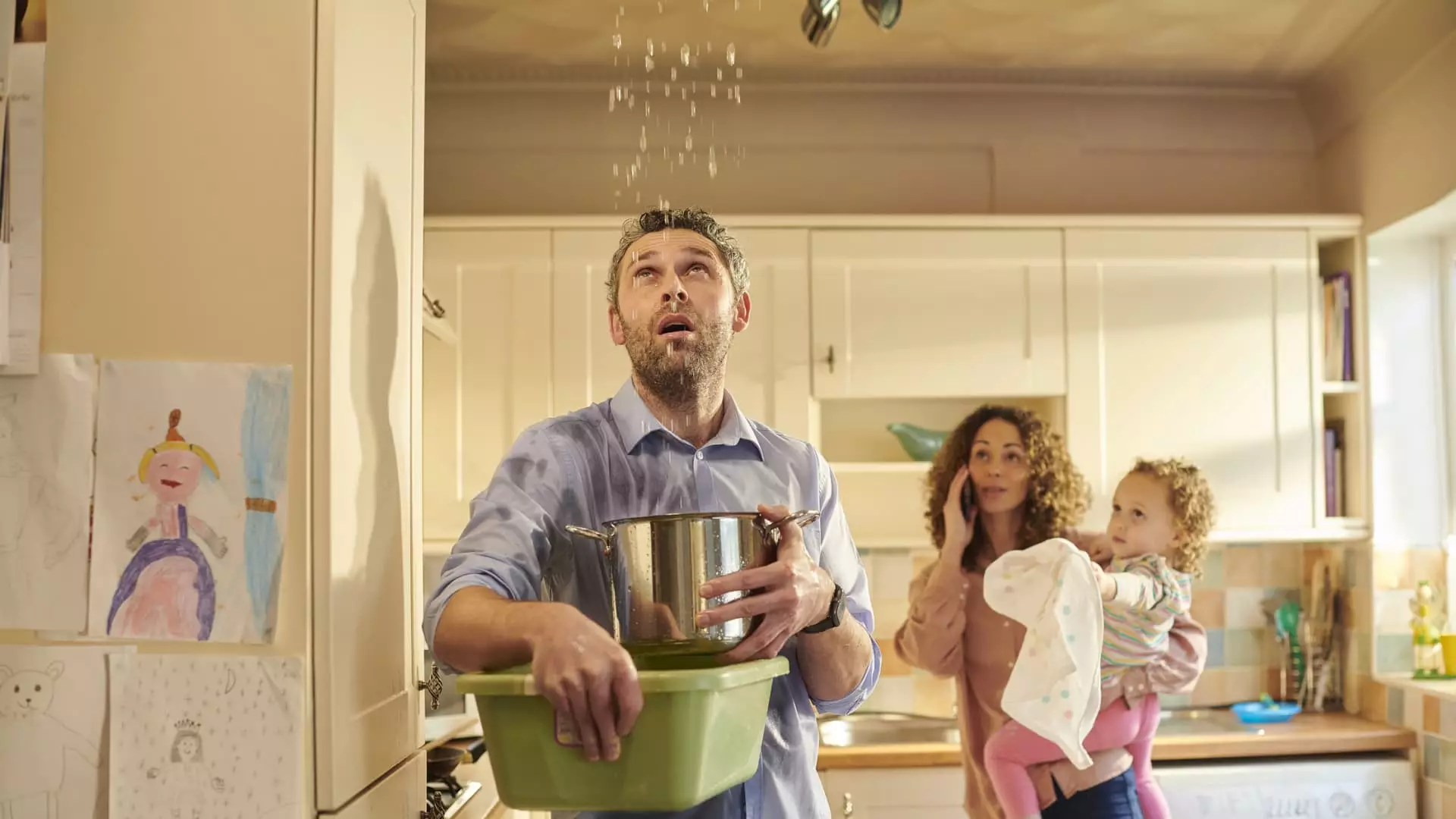Buying a home in the U.S. has always been considered a significant financial step, but what many fail to realize is the true cost of keeping and maintaining a home. The hidden costs of homeownership are often overlooked, adding up to an average of $18,118 annually or $1,510 per month, according to a report by Bankrate.com. These costs include property taxes, homeowners insurance, electricity, internet, cable bills, and home maintenance among others. This figure is a staggering 26% higher compared to just four years ago when the annual expenses amounted to $14,428. It is crucial for potential homeowners to understand that purchasing a home involves far more than just a monthly mortgage payment.
One aspect of homeownership that often catches new homeowners off guard is the maintenance and repair costs. These expenses can vary significantly based on the age and condition of the home. With the aging housing supply in today’s market, many homes being purchased are older and may require costly upgrades and repairs. The median age of owner-occupied homes in the U.S. is around 40 years old, which means that systems like HVAC units, windows, and doors may require updates. For instance, a roof lasts about 30 years on average, while vinyl siding can last three to four decades. These essential maintenance tasks can add up quickly and should not be underestimated.
One common mistake that homeowners make is spending their entire savings on the down payment and ending up “house poor.” This situation can result in a lack of funds for necessary repairs and maintenance, leading to increased credit card debt or higher interest loans to cover unexpected costs. In 2023, 46% of homeowners used their savings for home improvement projects, while others turned to credit cards, refinancing, or home equity lines of credit. It is important for homeowners to budget for maintenance and repairs to avoid financial strain and unexpected expenses.
In a competitive housing market where buyers face multiple offers on a single property, many are tempted to waive home inspections to make their bids more appealing. However, waiving a home inspection is a risky move that can have long-term consequences. An inspection is a crucial safeguard that identifies potential maintenance issues and repairs that may arise after purchasing a home. By skipping this step, homeowners expose themselves to unforeseen costs and challenges that could have been prevented. It is essential to weigh the risks and benefits of waiving a home inspection carefully before making a decision.
The true cost of homeownership extends far beyond the initial purchase price and mortgage payment. Home maintenance, repair costs, and hidden expenses can add up quickly, putting financial strain on homeowners who are unprepared. It is vital for potential buyers to educate themselves on the full spectrum of costs associated with owning a home and to budget accordingly. By understanding the long-term financial implications of owning a home, buyers can make informed decisions and avoid significant financial setbacks in the future.

Leave a Reply